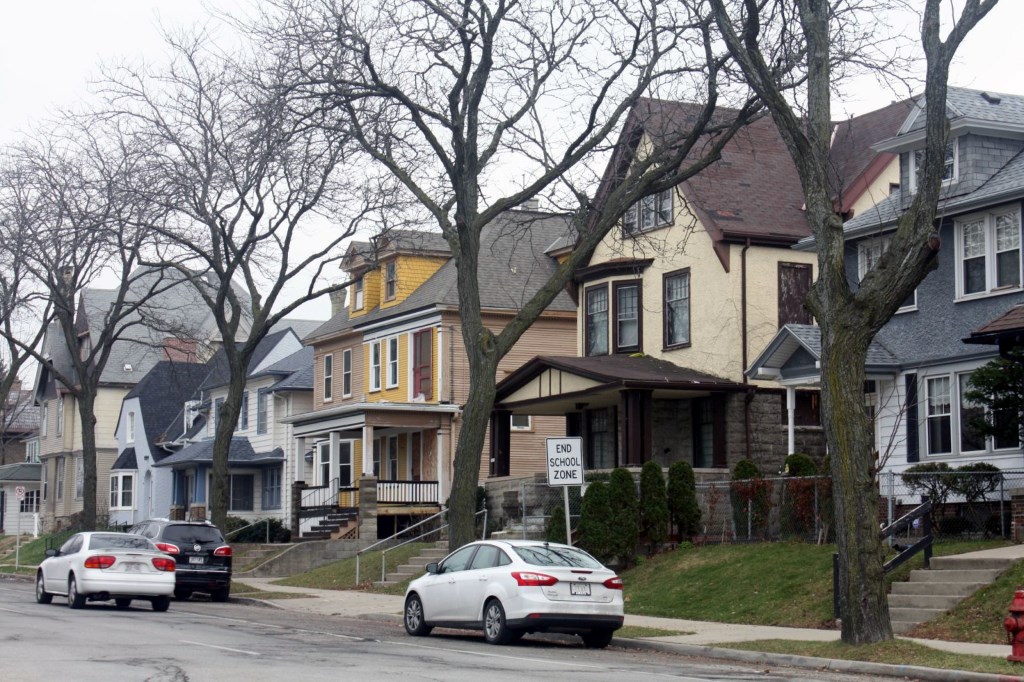Metro Area Lacks New Mid-Level Homes
GMAR report shows home market in metro area distorted, with first-time home buyers dominating.
An “anemic” supply of new housing in the $300,000 to $400,000 range is distorting the Milwaukee area housing market.
Nationally 33 percent of home buyers are first-time buyers, but in Milwaukee that number rises to 46 percent. “Which is interesting because we don’t have a lot of first-time buyer homes here,” said Greater Milwaukee Association of REALTORS (GMAR) president Mike Ruzicka in an interview. That percent might be higher by default, because there are fewer mid-level homes being built and thus purchased, so that new home buyers become a bigger percentage of all buyers.
The National Association of Realtors commissions an annual survey of over 150,000 home buyers to gauge their input on everything from the buying experience and home size to the age of the property and search process. GMAR pays for the metro Milwaukee market (Milwaukee, Waukesha, Washington and Ozaukee counties) to be oversampled.
One indicator is that the median asking price nationwide for a home was $257,000 in 2019, while in Milwaukee it was $236,450. “The fact that we are only $20,000 below that is quite striking,” said Ruzicka, pointing out that nationwide data includes expensive coastal real estate markets. In short, a lack of supply here is pushing prices up.
“What’s missing is mid-level housing,” said Ruzicka. As a result the home owner with a growing family who wants a bigger place can’t find it. And those “buyers aren’t buying because there aren’t homes for them.”
Buyers from out of town, meanwhile, can’t find mid-level houses and so they buy cheaper homes that first-time home buyers are interested in, which bids up the price of them.
Nationally, the typical home that was purchased was built in 1990 with 1,850 square feet of space. In the Milwaukee market, the year of the typical home purchased drops to 1961 and its size shrinks to 1,700 square feet, again suggesting a lack of newer homes being built here.
Another telling indicator is how far people are moving between residences. The national median distance is 15 miles, but in Milwaukee it falls to 10 miles. That could be partly a good thing: “People in our area generally like the community they live in,” said Ruzicka. But it also could show a shortage of new homes, reducing average movement.
So where are the home builders? Ruzicka said developers face a number of challenges, from easier opportunities building apartments to regulatory hurdles with new single-family homes and financing challenges with urban condominiums. “There are a lot of little things like that, that have stopped working,” said the industry veteran about financing condominiums, but he believes the market would support new construction. “The return is out there.”
Ruzicka said a return to 2007 levels of home building wouldn’t be warranted given the area’s slow population grow, but the market still has plenty of pent-up demand. “The pie is growing bigger in terms of people looking for houses,” said Ruzicka.
GMAR has recently begun submitting letters to Milwaukee area municipalities to find ways to create more opportunities for developing owner-occupied housing. Ruzicka told Urban Milwaukee that finding ways to develop condominiums over apartments would result in greater property tax revenue.
One thing is very clear from the survey, Milwaukeeans love their real estate agents when they sell their house. In Milwaukee, 82 percent of sellers said they would “definitely” recommend their agent versus 48 percent nationwide. The typical seller has recommended their agent twice to others in Milwaukee versus once nationwide. “It shows strong training,” said Ruzicka. GMAR has approximately 5,000 members.
The full report is available on the GMAR website.
If you think stories like this are important, become a member of Urban Milwaukee and help support real, independent journalism. Plus you get some cool added benefits.
Eyes on Milwaukee
-
Church, Cupid Partner On Affordable Housing
 Dec 4th, 2023 by Jeramey Jannene
Dec 4th, 2023 by Jeramey Jannene
-
Downtown Building Sells For Nearly Twice Its Assessed Value
 Nov 12th, 2023 by Jeramey Jannene
Nov 12th, 2023 by Jeramey Jannene
-
Immigration Office Moving To 310W Building
 Oct 25th, 2023 by Jeramey Jannene
Oct 25th, 2023 by Jeramey Jannene























Wow! how many houses did the city let rot in the post 10 years because they couldn’t get their programing together to allow re habbers to invest their own money in the inner city? I’m guessing 5,000 units, maybe 6,000? Mostly singles and duplexes! Now there is a city created housing shortage, that pushed up rents by eliminating housing. And of course, its somebody else’s fault!
@Billlau – I don’t know what program you speak of, but there are many available for individuals or companies to buy or rehab homes from the city. The city owns approximately 1,000 properties currently and sells hundreds of them every year. But the mid-level housing shortage is not for the city, but for the metro area. I think it’s safe to assume many of the homes the city acquires and ultimately demolishes are not good candidates to become that missing mid-level housing.